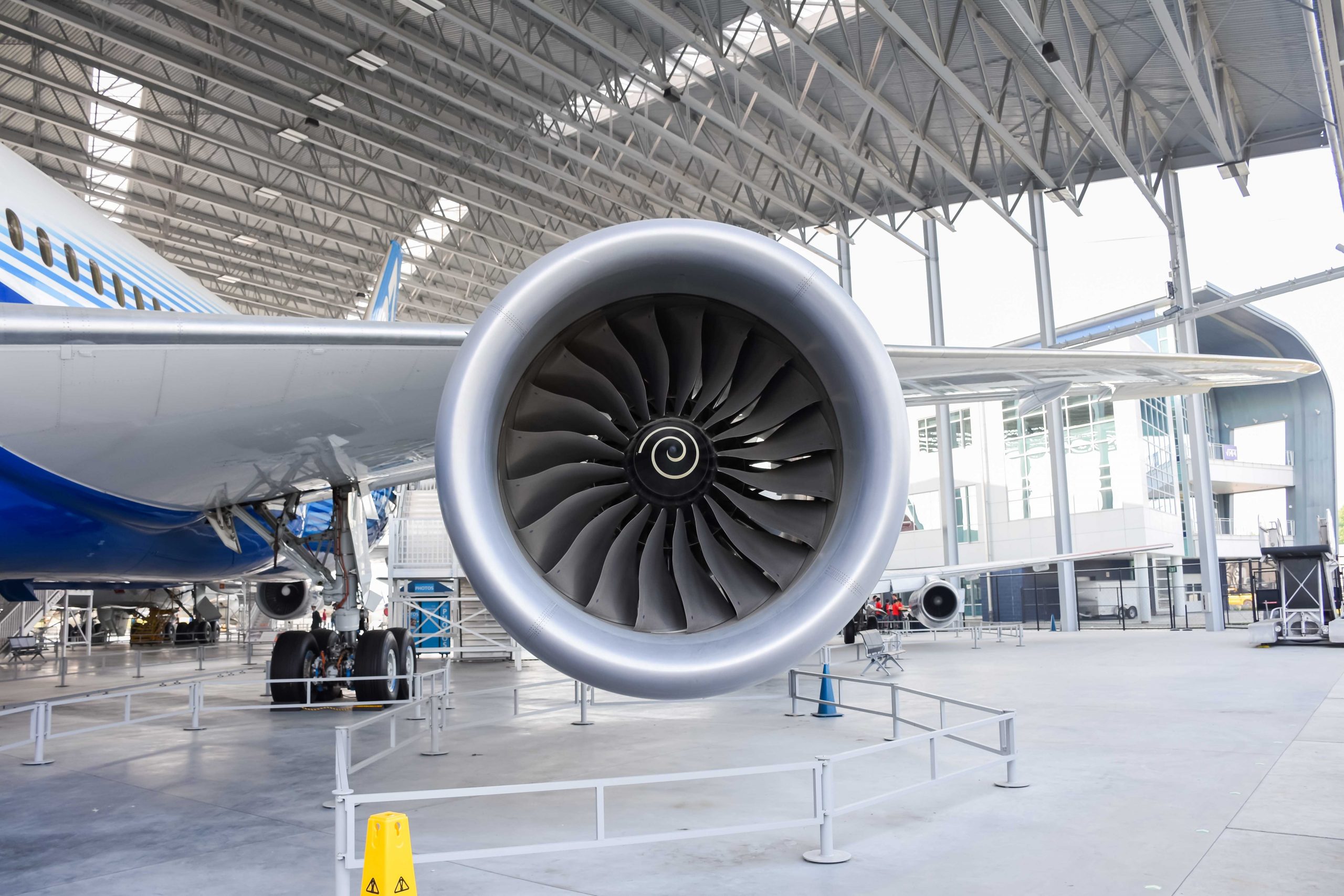There have been only a handful of ages of new materials in the history of humankind—ceramics, steel and plastics come to mind—and we are now on the cusp of the next one: composites.
When we talk of composites, we’re speaking about such things as the carbon-fiber ones in wind turbines, race cars and the Boeing 787. Such materials have the advantage of being far lighter than the metal parts they typically replace, while being just as strong, and requiring fewer resources to make.
Materials scientists have had limited success making composites affordable and accessible for decades, or possibly millennia—technically, they were invented by the Mesopotamians. The labor-intensive nature of their manufacturing has made them expensive, which has limited their application to a handful of areas where their advantages outweigh their costs, such as the aerospace industry.
Now, thanks to new manufacturing techniques that can churn out composite parts quickly and cheaply, all of that is changing, and the results could be both profound and exciting.
Modern composites, starting with Bakelite, were pioneered in the early part of the 20th century. Other composites were invented at a steady pace, and the industry began to hit its stride in the late 1990s and early 2000s, when automated processes for turning things like carbon fiber into giant structures like airplane bodies and windmill blades reached maturity.
In just the past couple of years, a number of startups have developed processes for creating all sorts of small objects from composites, in a way that is fast and inexpensive. These include Berkeley, Calif.-based Arris Composites, 9T Labs in Zurich, Orbital Composites in Silicon Valley, and others.
Shifting substantial portions of what we make and use from steel and plastic to composites—which are amalgamations of a variety of fibers, embedded in a variety of plastics—could bring new kinds of transportation, more terrifying weapons of war, and lighter and more durable smartphones, wearables and other consumer electronics.
All of that is possible because composites, while they have their challenges, are often able to perform just as well as high-strength metal parts, but with a fraction of the weight. Composites are the reason modern jetliners are so fuel-efficient, and the entire wind-power industry would be impossible without enormous turbine blades made from composites.
It’s one thing to make airplanes out of composites—Boeing pioneered this technology with its 787, on which nearly every visible surface is in fact made of a carbon-fiber composite. It’s quite another to mass-produce smaller composite parts of the kind that we typically make out of titanium or other metals, such as the bolts and brackets that hold a 787 together.
As with other pioneering manufacturing technologies, such as 3-D printing, bringing composites into the mainstream is more of an evolutionary process than a revolutionary one.
Today, you can buy consumer products made with ultralight, ultrastrong parts from Arris and 9T Labs, including Brooks running shoes, spokes for bicycle wheels, and luxury watches. But what’s coming is even more interesting: Arris’s technology is being tested by Airbus to replace metal brackets inside its planes and by Singapore-based ST Engineering, which performs a substantial fraction of the repairs on airplanes in the U.S.
9T Labs is also working on aerospace applications, and by the end of the year it hopes at least one of its customers will be ready to announce bicycles made with its parts. Orbital Composites, meanwhile, has a handful of contracts with the U.S. military to develop its composites-manufacturing process for satellites, rockets, drones and hypersonic aircraft.
Making the shell of a Formula One car, or the frame of a high-end competition bicycle, remains a labor-intensive process, says 9T Labs Chief Executive Martin Eichenhofer. The goal of his company, and of others in his industry, is to take all of the intensive and skilled manual labor out of the process, and to make it as automated as making metal and plastic parts has been for decades.
To achieve that level of automation, the manufacturing process used by companies like Arris and 9T Labs is quite different from the one airplane and wind-turbine makers use, says Jeff Sloan, publisher of Composites World, which covers the industry.
Arris shapes carbon fibers using a process that resembles wire bending—imagine how something like a coat hanger is made—says CEO Riley Reese. Then, those shaped fibers are put into a resin, and the resulting form is put into a custom mold that applies heat and pressure to further compress, shape and strengthen the part. 9T Labs uses a similar process, but starts by using “additive manufacturing” (similar to 3-D printing) to lay down narrow strips of carbon fiber into a particular shape, and then molding it in a way similar to Arris’s process, says Eichenhofer.
Orbital Composites is using substantially different processes, says CEO Amolak Badesha. Using off-the-shelf industrial robots with custom print heads that spit out carbon fiber, the company 3-D prints shapes in a process that resembles Harold’s purple crayon, for those familiar with the children’s book. The difference is that while Harold could draw in three dimensions any shape he liked, Orbital uses removable molds to support its carbon-fiber shapes as they’re being printed.
The sheer variety of the automated approaches used by these three companies is typical of the fragmented composites-manufacturing industry. It also shows that there are many possible paths to success for these companies, which are exploring a fundamental new way to make stuff—just as, in another era, many companies developed methods of injection-molding plastics, or forging and machining metal.
While composites might seem like a futuristic technology, in many ways, they hark back to millions of years of human and even pre-human material technology. Wood, after all, is the original composite material, as it’s composed of long and short fibers glued together by other substances—much like modern synthetic composites are often made up of carbon fiber held together by epoxy resins. Wood was a chief enabler of the success of our species, and it exhibits many of the advantages and disadvantages of composites.
Wood is light, strong, able to withstand both compression and tension, and is easily worked into other forms. But it can also split along axes that line up with its grain. Similarly, composites can suffer a number of failures, including splitting between their layers.
By far the biggest challenge with new composites technologies, says Jeremy Koh, head of advanced-materials solutions at ST Engineering, is that over time, they can break down because of fatigue. His company is currently experimenting with composite replacements for titanium bolts in airplanes, made with Arris’s manufacturing process.
Initial tests have shown that these composite bolts perform just as well as metal ones when they’re new. At the same time, they’re lighter, easier to make, potentially cheaper, and not subject to geopolitical supply chain issues linked to the world’s dominant suppliers of titanium , Russia and China.
Koh won’t know how well these composite bolts will perform over time until his company runs the kinds of repeated torture tests that are required to certify such parts.
Other applications of these new composites won’t take as long to come to market—especially for consumer products. Arris is in talks with at least one company about the use of their composites in virtual reality headsets, where weight has been a major barrier to adoption.
Further out, it’s possible that someday we might be able to buy smartphones made of composites instead of metal. The same goes for automobiles. But this also depends on the kind of inertia that even the best tech can’t overcome—consumers associate metal with quality, says Reese, even if it’s not actually the strongest, lightest or best material for a given application.
For more WSJ Technology analysis, reviews, advice and headlines, sign up for our weekly newsletter .
Write to Christopher Mims at christopher.mims@wsj.com



